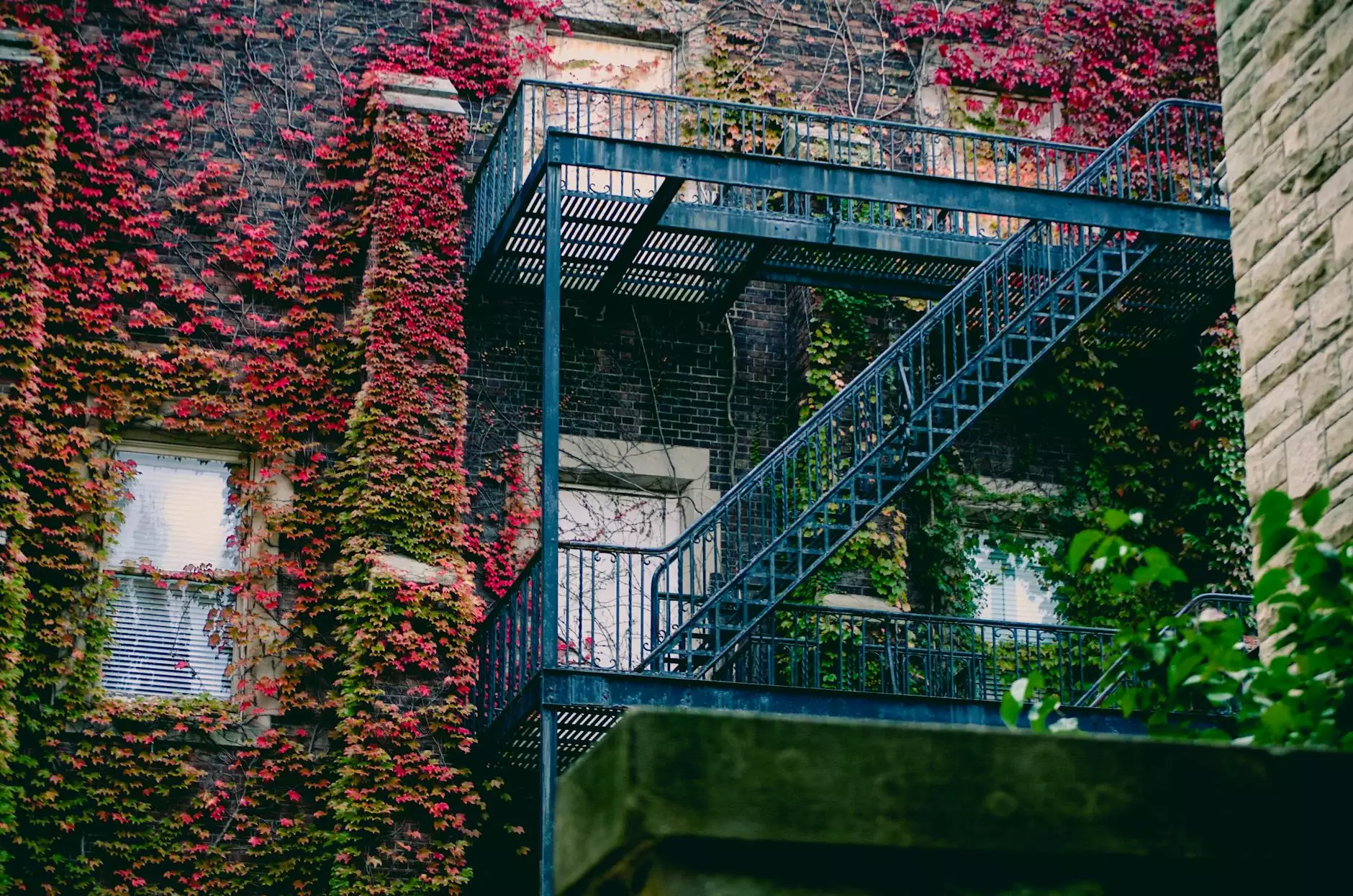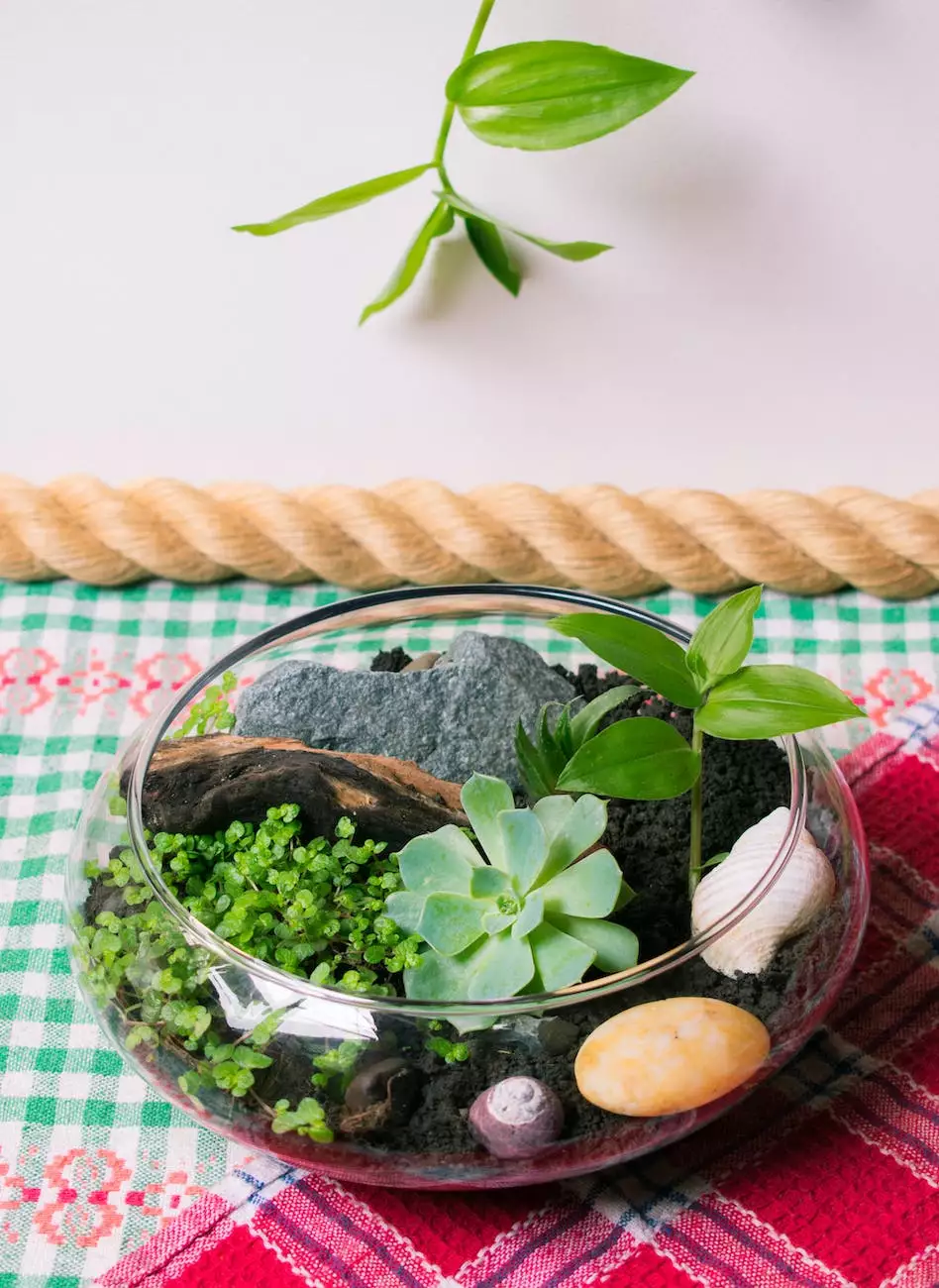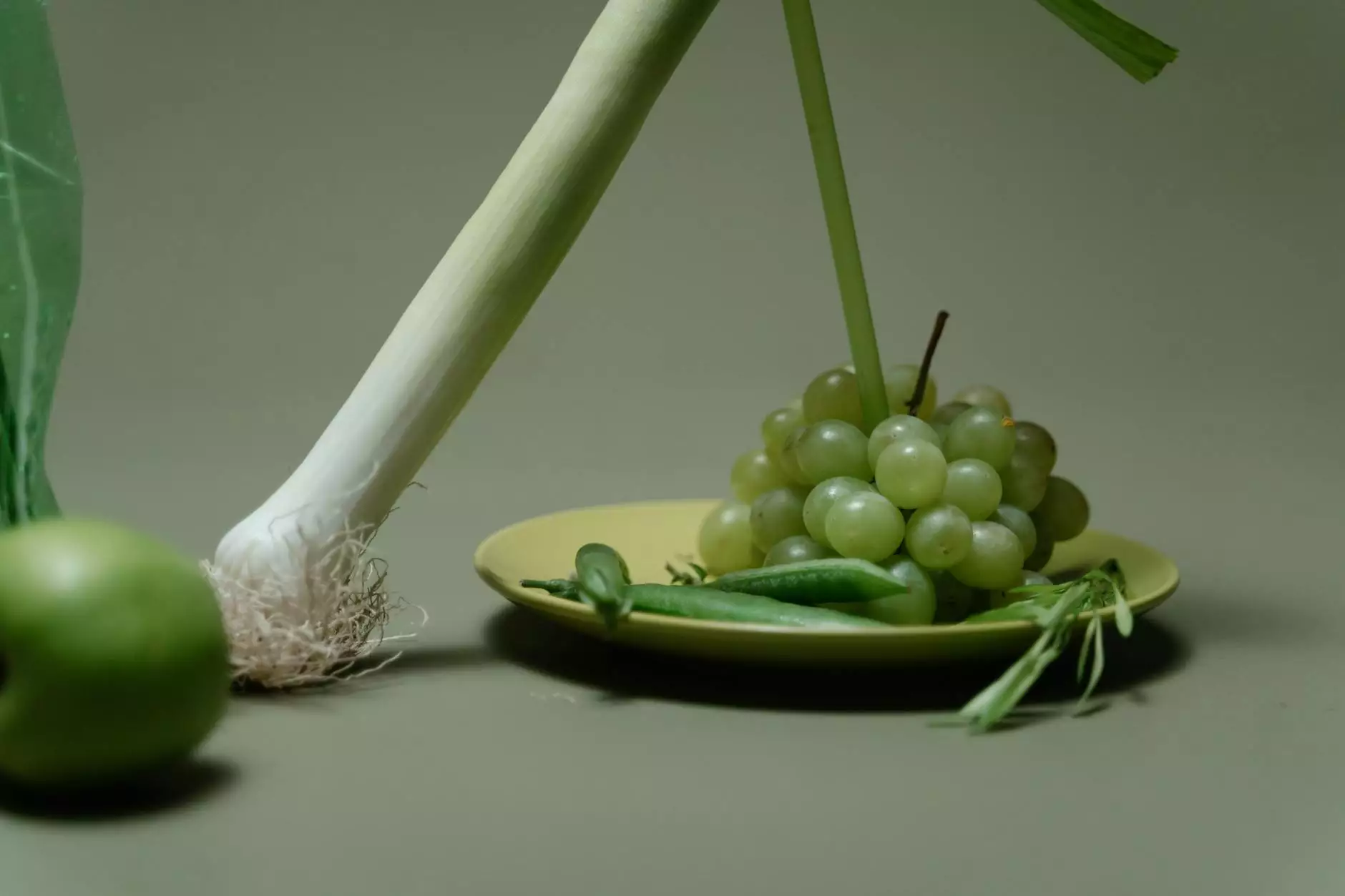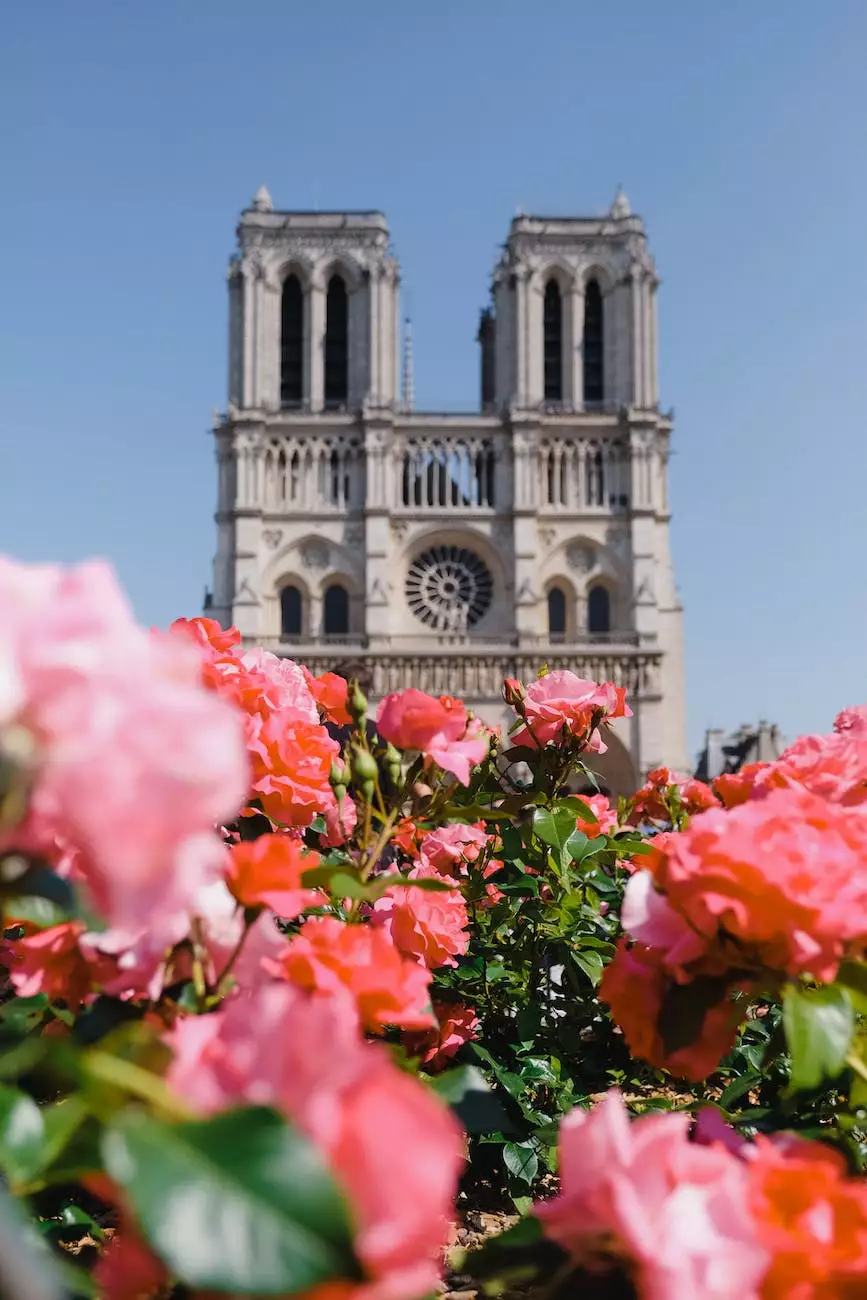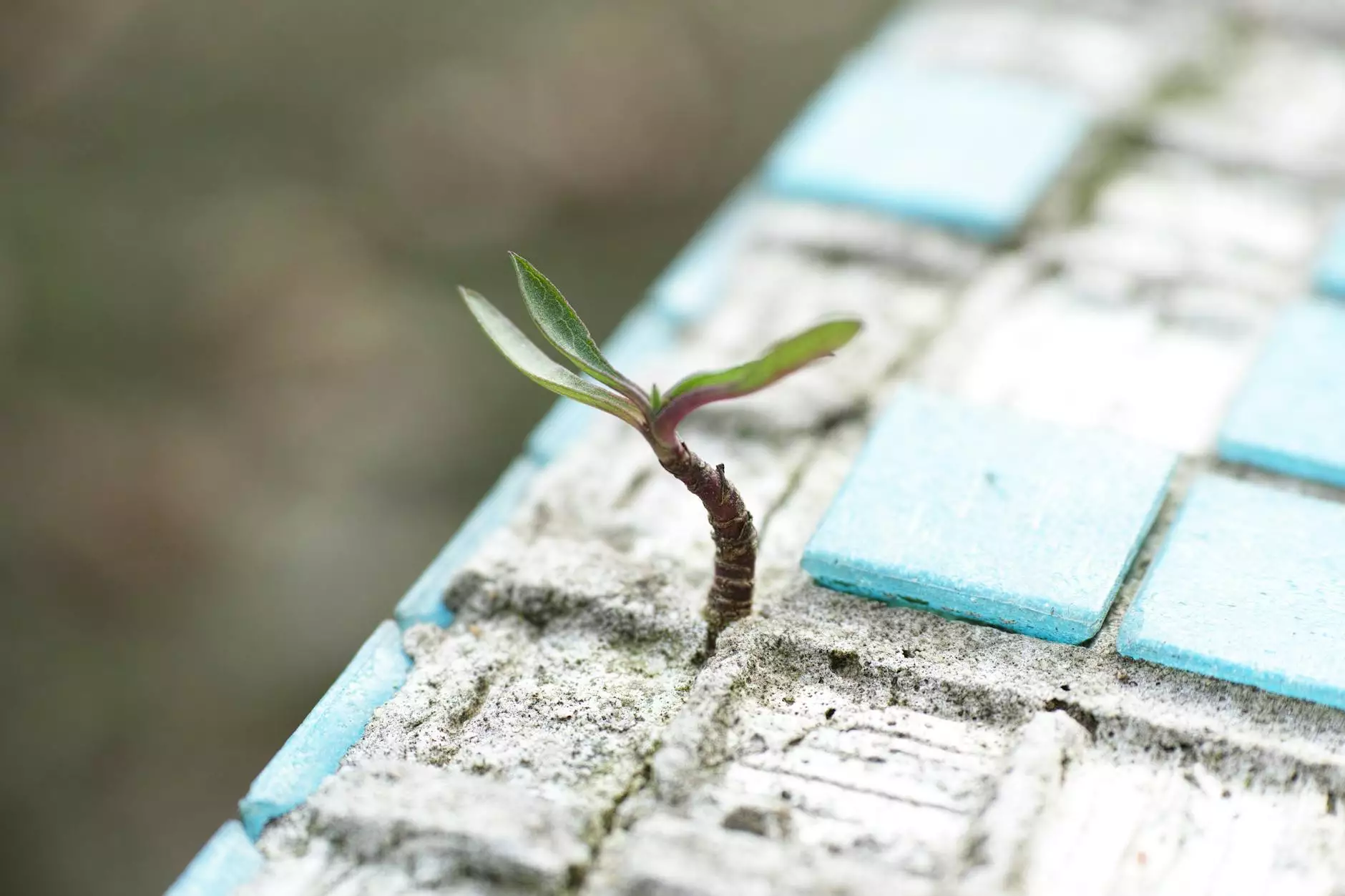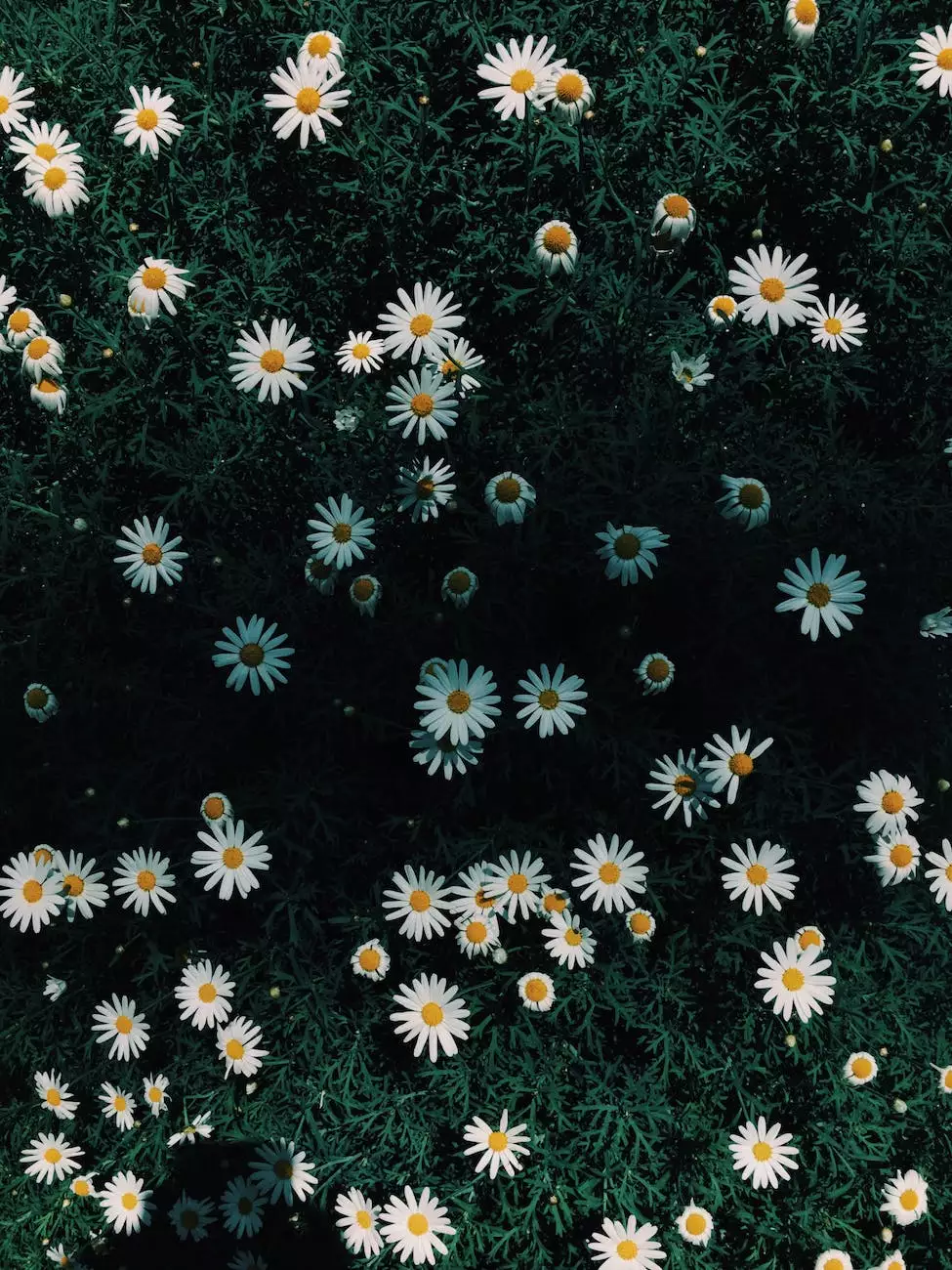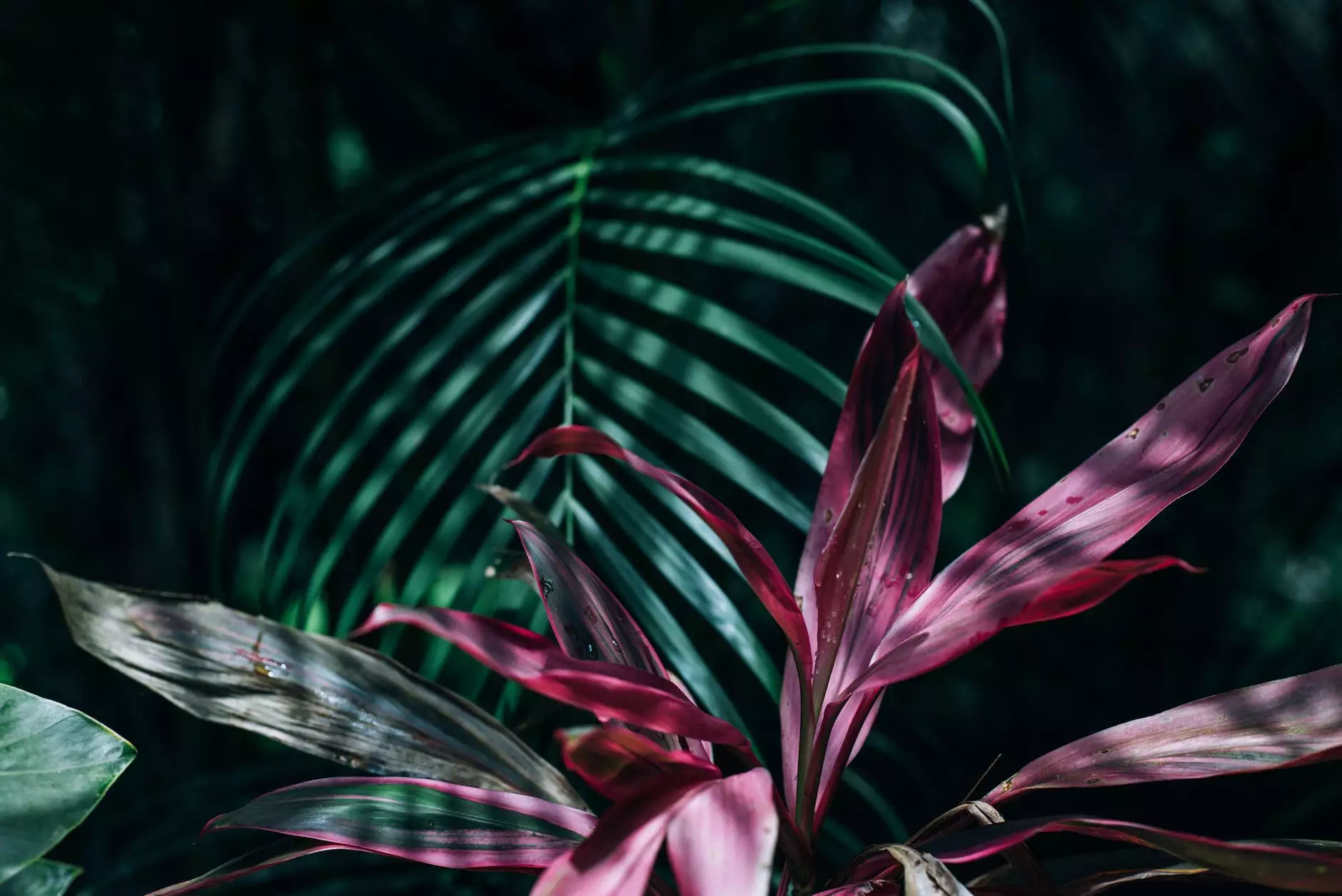The Art of Landscape Drawing - Unleashing Your Creativity in Garden Design
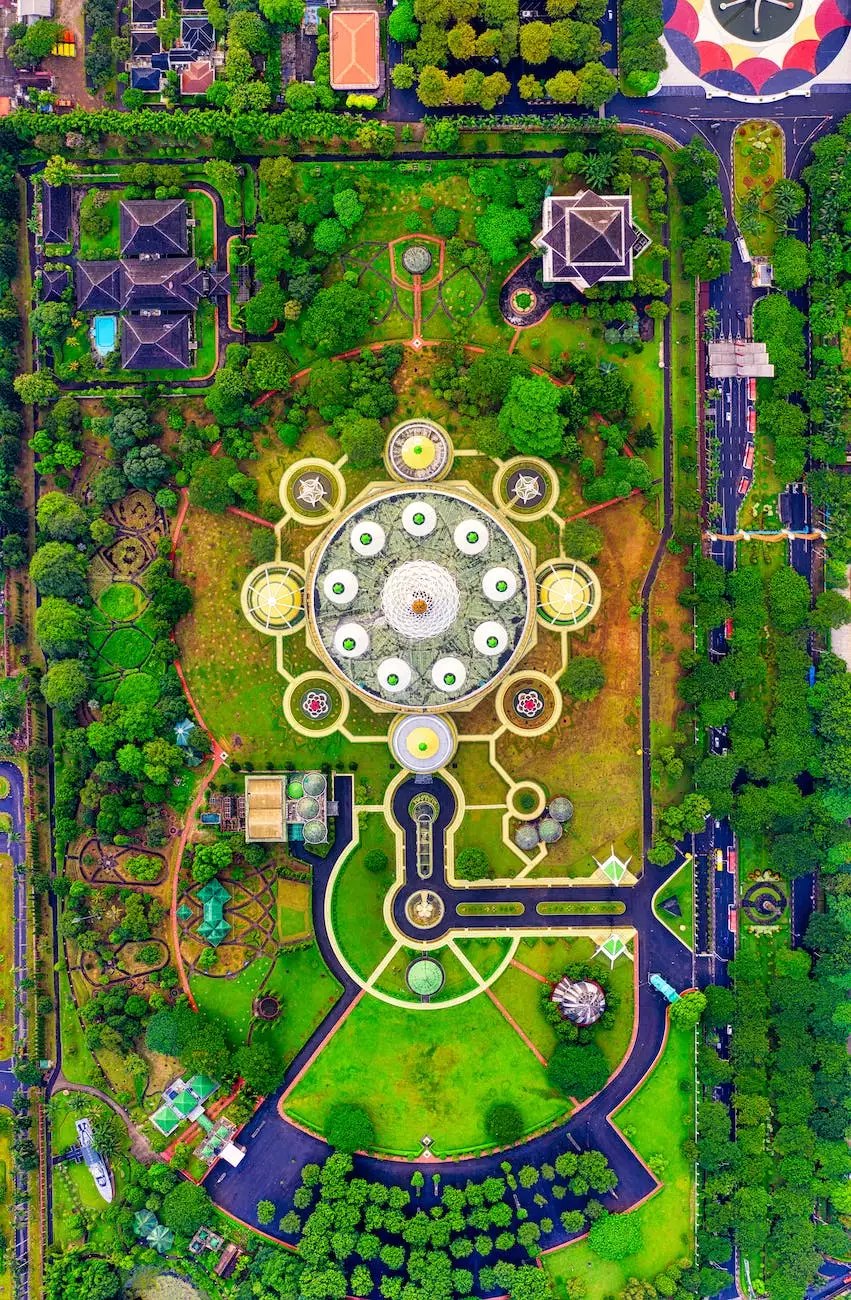
Welcome to our Garden Design blog at American Pond & Gardens. In this article, we will delve into the captivating world of landscape drawing and explore how it can enhance your gardening experience.
Understanding the Magic of Landscape Drawing
Landscape drawing serves as a channel for expressing your creativity and visualizing your ideal garden design. Whether you are a seasoned artist or a beginner, this form of art can bring your garden ideas to life on paper before it becomes a reality.
Advantages of Incorporating Landscape Drawing in Garden Design
1. Visualize Your Vision: Landscape drawing allows you to sketch out your ideas, enabling you to visualize the final outcome of your garden design project. It helps you experiment with various elements, such as plant placement, pathways, and water features, ensuring a cohesive and harmonious look.
2. Planning and Organization: As you draw your garden design, you can strategically plan the layout, taking into account factors such as sunlight exposure, soil conditions, and space utilization. This process helps avoid costly mistakes and ensures efficient use of resources.
3. Communicate Your Ideas: Landscape drawings serve as a powerful communication tool when discussing your garden project with professionals such as landscapers or garden designers. It allows them to grasp your vision accurately, ensuring the final outcome aligns with your expectations.
Exploring Landscape Drawing Techniques
1. Pencil Sketching: Start by sketching rough outlines of different garden elements, focusing on proportion and scale. Gradually add details such as textures, foliage, and architectural structures, giving your drawing depth and dimension.
2. Pen and Ink: This technique involves using pens with various tip sizes to create bold, intricate lines. Experiment with cross-hatching to represent shadows and textures, adding a unique touch to your garden design masterpiece.
3. Watercolor and Colored Pencils: Add a vibrant and vivid touch to your landscape drawing by incorporating watercolors or colored pencils. Allow your imagination to run wild as you paint stunning flowers, lush foliage, and serene water features.
Landscape Drawing Tips for Garden Design
1. Immerse Yourself in Nature: Spend time exploring different gardens and landscapes, observing their unique features. This will help you generate ideas and develop a deeper understanding of the elements you want to incorporate into your own garden.
2. Create Mood Boards: As you gather inspiration, create mood boards by collecting images, color swatches, and material samples. These boards will serve as references for your landscape drawings and help you maintain a coherent design theme.
3. Experiment with Perspectives: Play with different perspectives to capture the true essence of your garden design. Try drawing from bird's-eye, worm's-eye, and eye-level views to explore the various possibilities.
Conclusion
Landscape drawing is a powerful tool in the world of garden design. By honing your artistic skills, you can bring your dream garden to life on paper before transforming it into a breathtaking reality.
At American Pond & Gardens, our blog provides valuable insights and creative ideas for your garden design journey. Explore our other articles and discover a wealth of inspiration for creating an outdoor space that truly reflects your personality and style.

